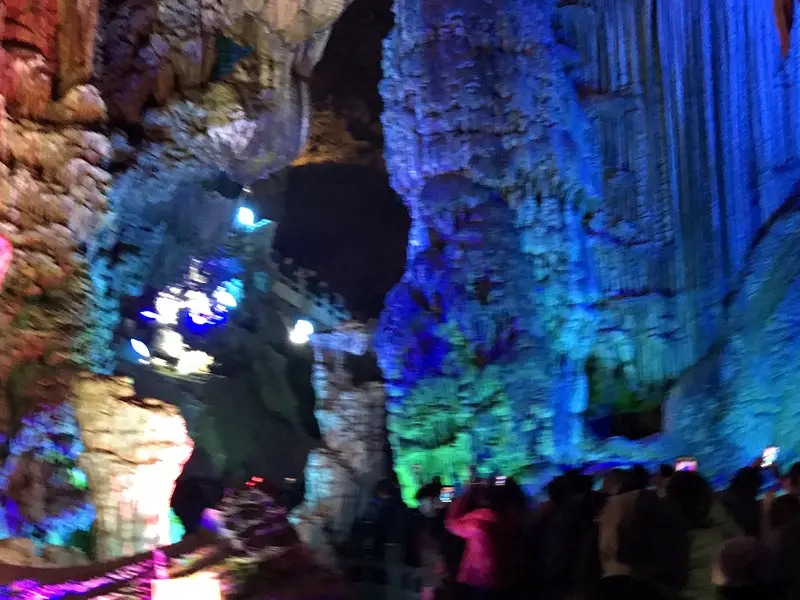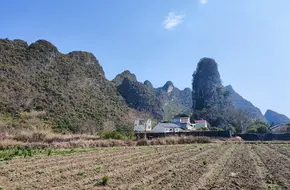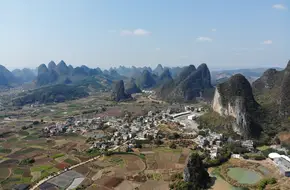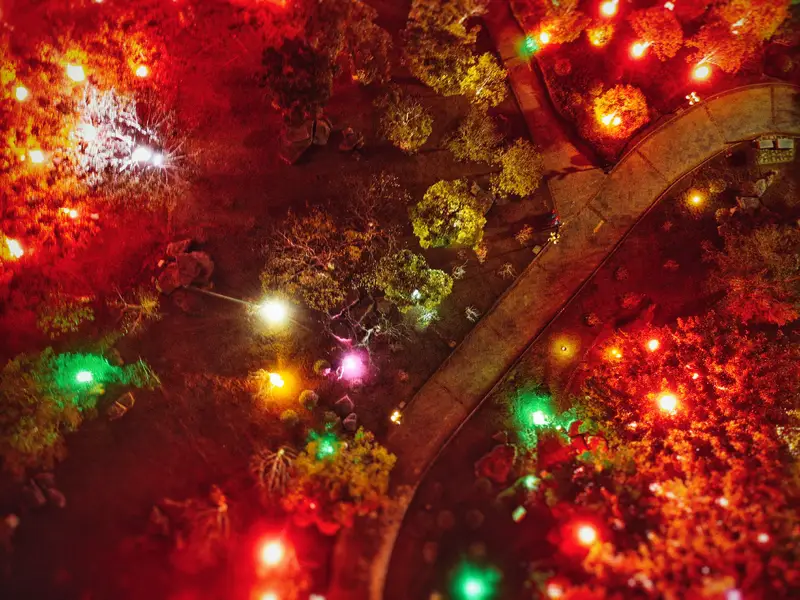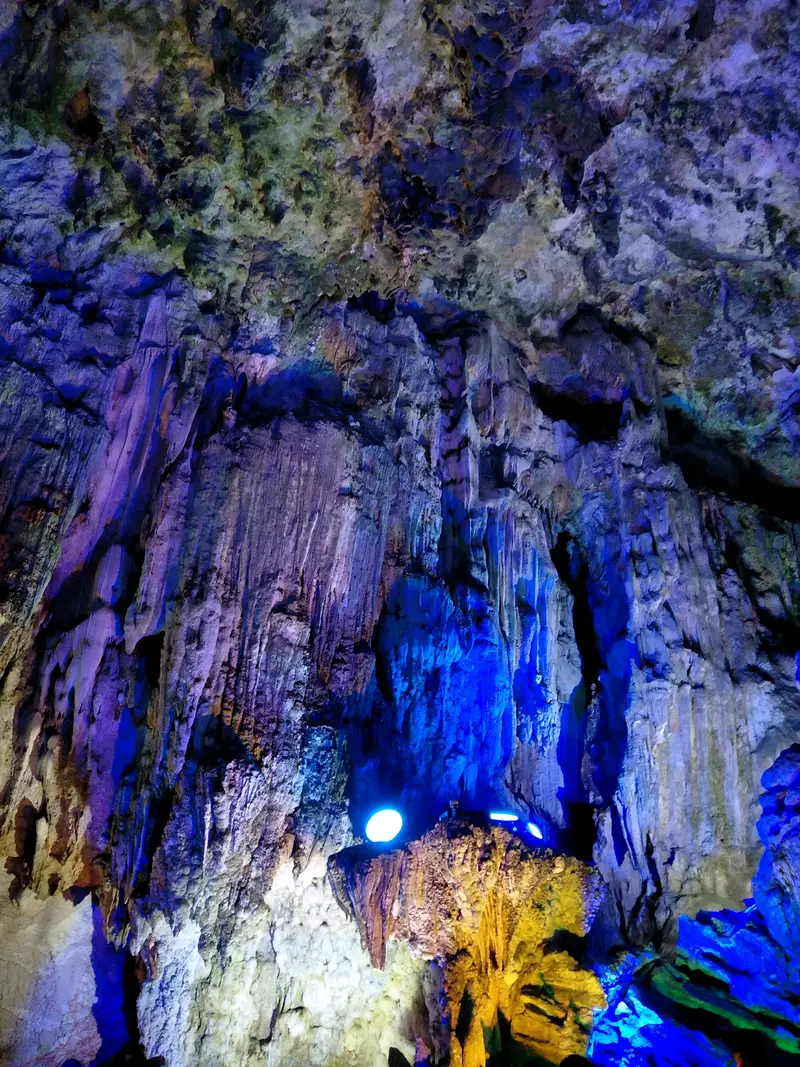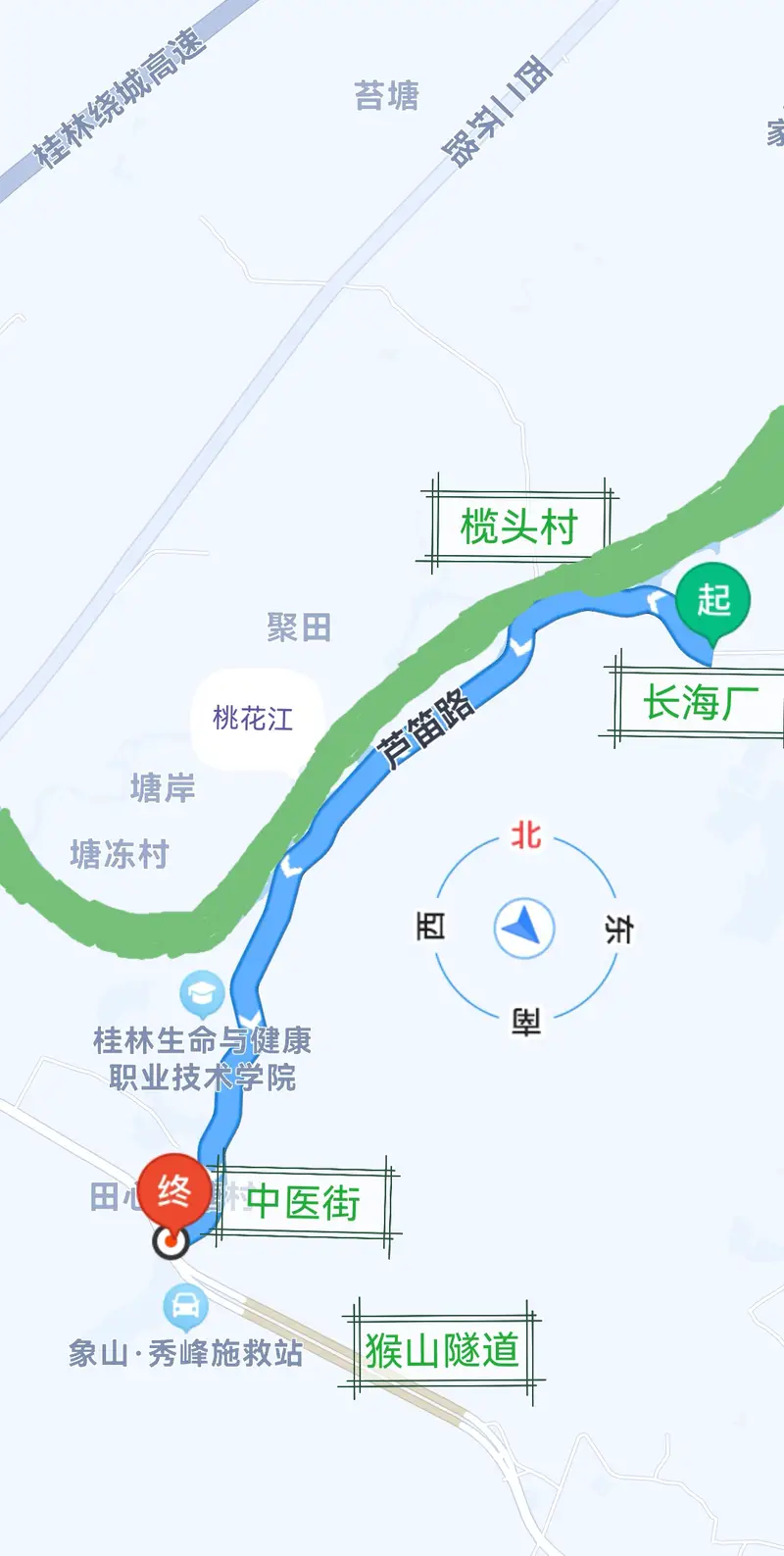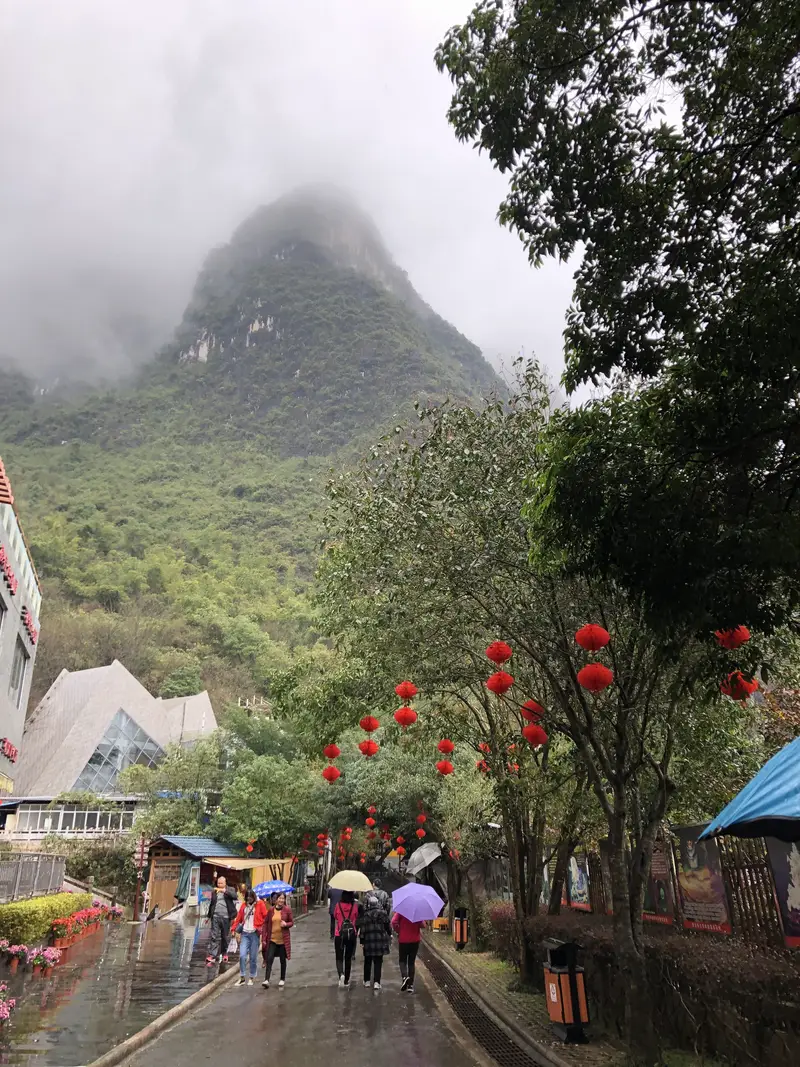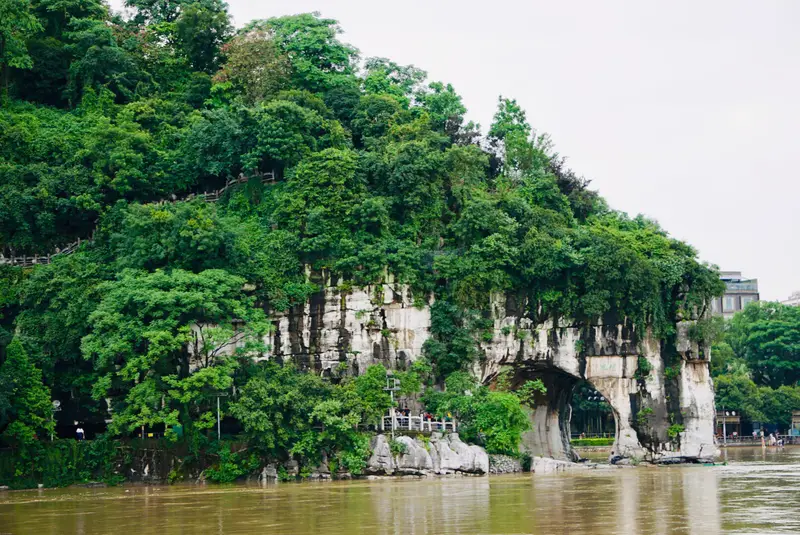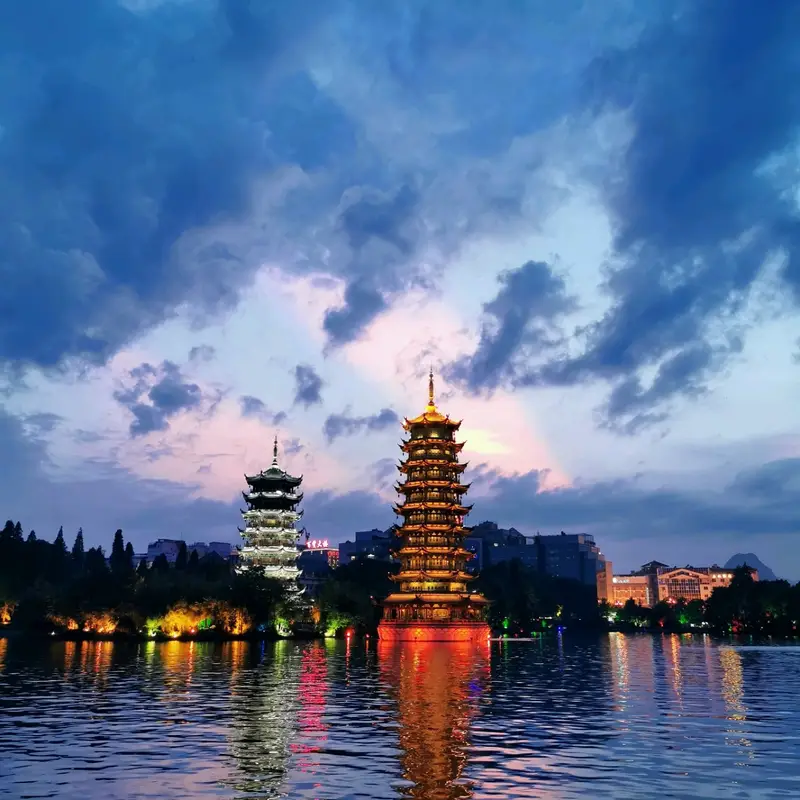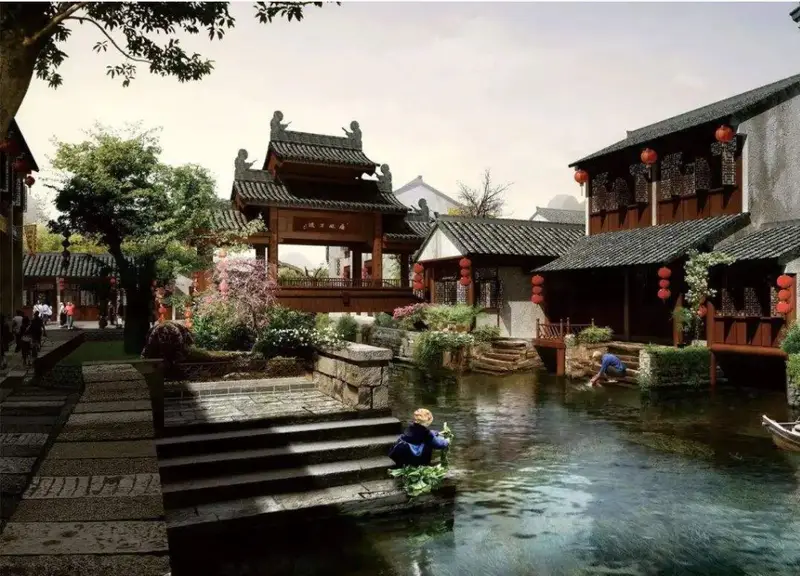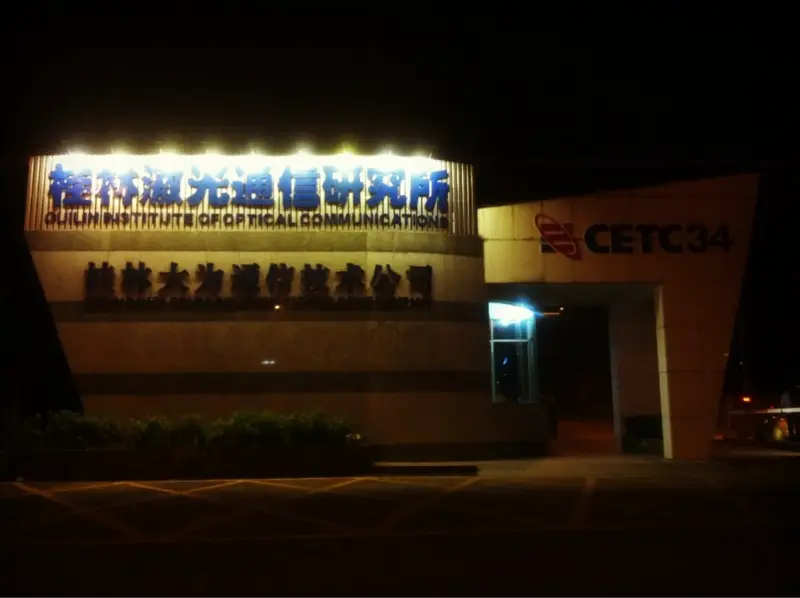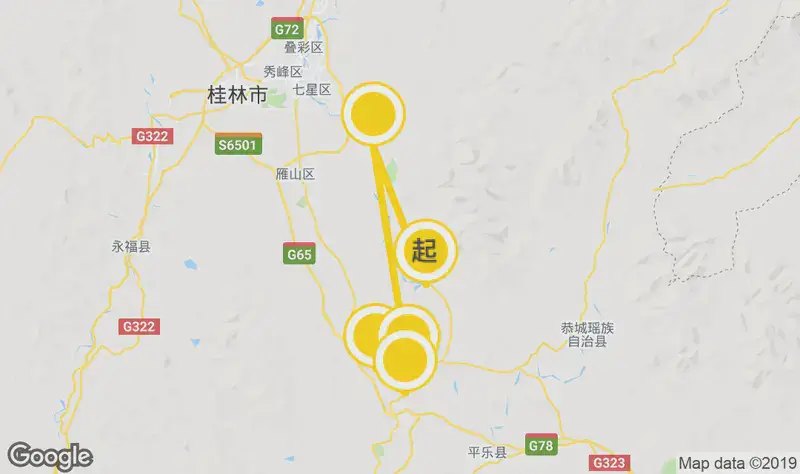Location & Accessibility
Xiaoqingshan Scenic Area sits in Lipu County, southern Guilin, along the iconic 321 National Highway. It’s nestled between Guilin and Yangshuo, making it a perfect stopover if you’re traveling between these two famous destinations. The area is surrounded by rolling limestone hills, giving it that classic Guilin karst landscape vibe.
To get here, self-driving is easiest—just follow the 321 National Highway and look for signs pointing to Xiaoqingshan. If you’re not driving, local buses from Guilin or Yangshuo drop you near the entrance, though you’ll need to walk or hire a taxi for the last stretch. For a hassle-free trip, consider booking a private car or joining a day tour from Guilin—many include Xiaoqingshan Scenic Area on their itinerary.
Natural Wonders: A Feast for the Eyes
Xiaoqingshan translates to “Small Green Mountain,” but don’t let the name fool you—this place is packed with jaw-dropping scenery. The moment you enter, you’ll see towering limestone peaks covered in lush greenery, with the Li River winding through the valley below. It’s like a live postcard!
One of the top spots is the Dragon Bridge, a natural stone bridge formed by erosion. Stand here, and you’ll feel like you’re in a Chinese painting—misty mountains, crystal-clear water, and a breeze that smells fresh. Another must-see is the Bamboo Raft Dock, where you can rent a raft to glide along the river. Trust me, drifting under those towering cliffs is next-level relaxation.
For hikers, the Xiaoqingshan Trail offers easy-to-moderate paths. You’ll pass by hidden caves, ancient trees, and viewpoints like Cloud Watch Pavilion, which gives you a bird’s-eye view of the entire valley. Bring your camera—every corner is a Instagram-worthy shot!
Cultural Touches: Local Life & Legends
Beyond its nature, Xiaoqingshan Scenic Area also has a touch of cultural charm. The nearby villages are home to the Yao ethnic minority, known for their vibrant costumes and traditional farming. Some families open their homes to visitors, offering tea made from wild herbs or hand-dyed crafts. It’s a chance to see how people here live off the land, away from modern hustle.
There’s also a cool legend tied to the area: locals say a dragon once lived in the hills, blessing the land with prosperity. You’ll spot dragon-themed sculptures and decorations around the park, which add a fun, mythical layer to your visit. Don’t miss the Dragon’s Breath Cave, where a small waterfall spills into a pool—guides claim it’s where the dragon “rests” after rain!
Practical Tips: What to Expect
Xiaoqingshan Scenic Area is pretty tourist-friendly. Inside, you’ll find clean restrooms, snack stalls selling Guilin rice noodles (try them!), and plenty of shaded resting areas. If you’re visiting on a hot day, the lotus pond near the entrance is a great spot to cool off while snapping photos.
For families, there’s a children’s playground with swings and a small lake where kids can feed ducks. The park is mostly flat, so it’s stroller-friendly too. Just wear comfy shoes—those limestone paths can get slippery when wet!
My Visit: A Day to Remember
I arrived at Xiaoqingshan early morning, and the mist hadn’t even lifted yet. As the sun rose, the valley turned golden, and I felt like I had the place to myself. The highlight? Taking a bamboo raft down the river while the guide sang a Yao folk song. It was peaceful, unlike the busier parts of Guilin.
Bring cash for small vendors, and pack light—you’ll want to keep your hands free for photos. Oh, and charge your phone! You’ll snap so many shots of Xiaoqingshan’s dreamy landscapes, you’ll blow through your battery.
Whether you’re a nature lover, culture buff, or just someone looking to escape the city, Xiaoqingshan Scenic Area has something for everyone. It’s off-the-beaten-path enough to feel special but still easy to reach. Trust me, this hidden gem is worth every step of the journey!


